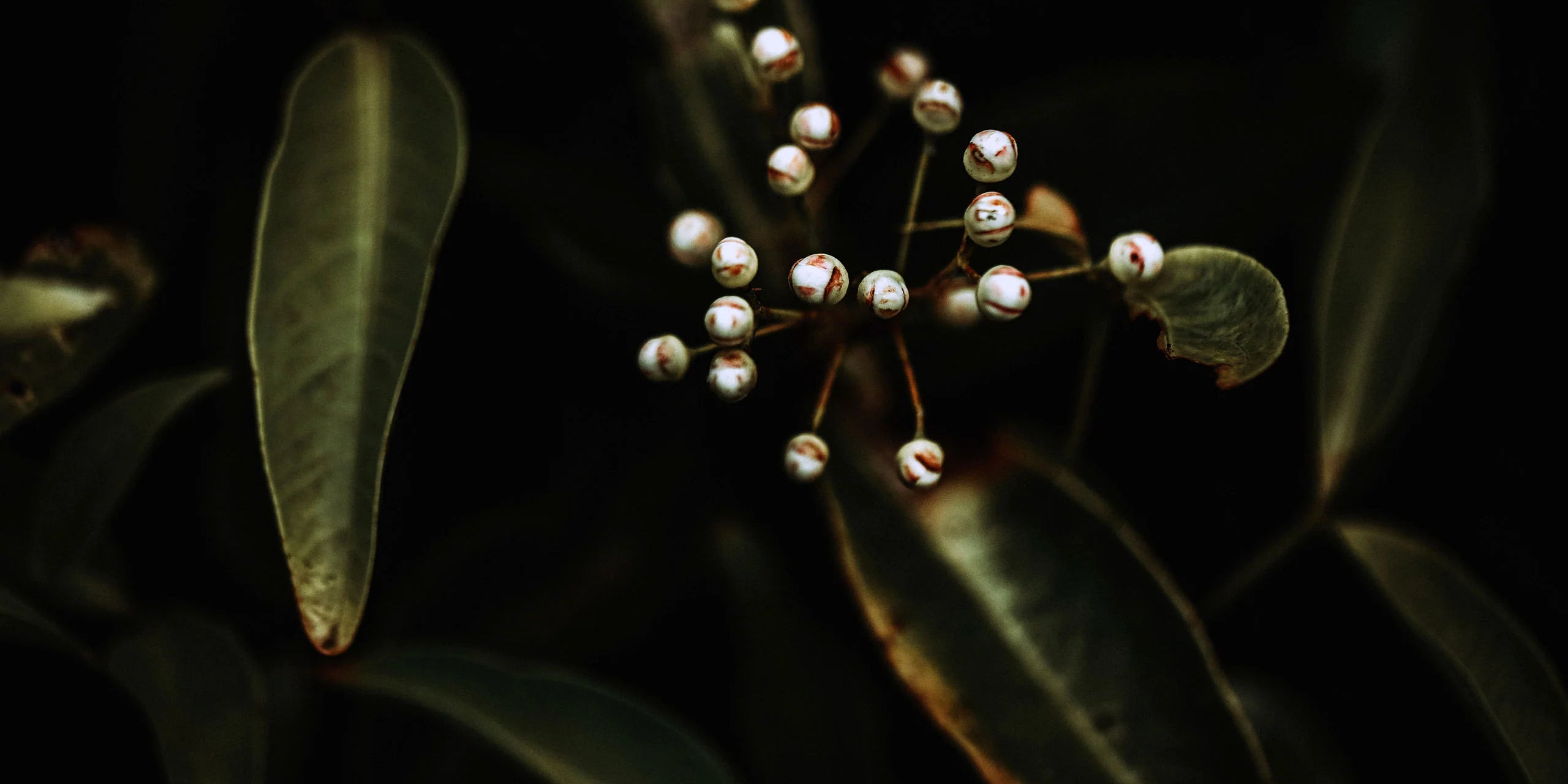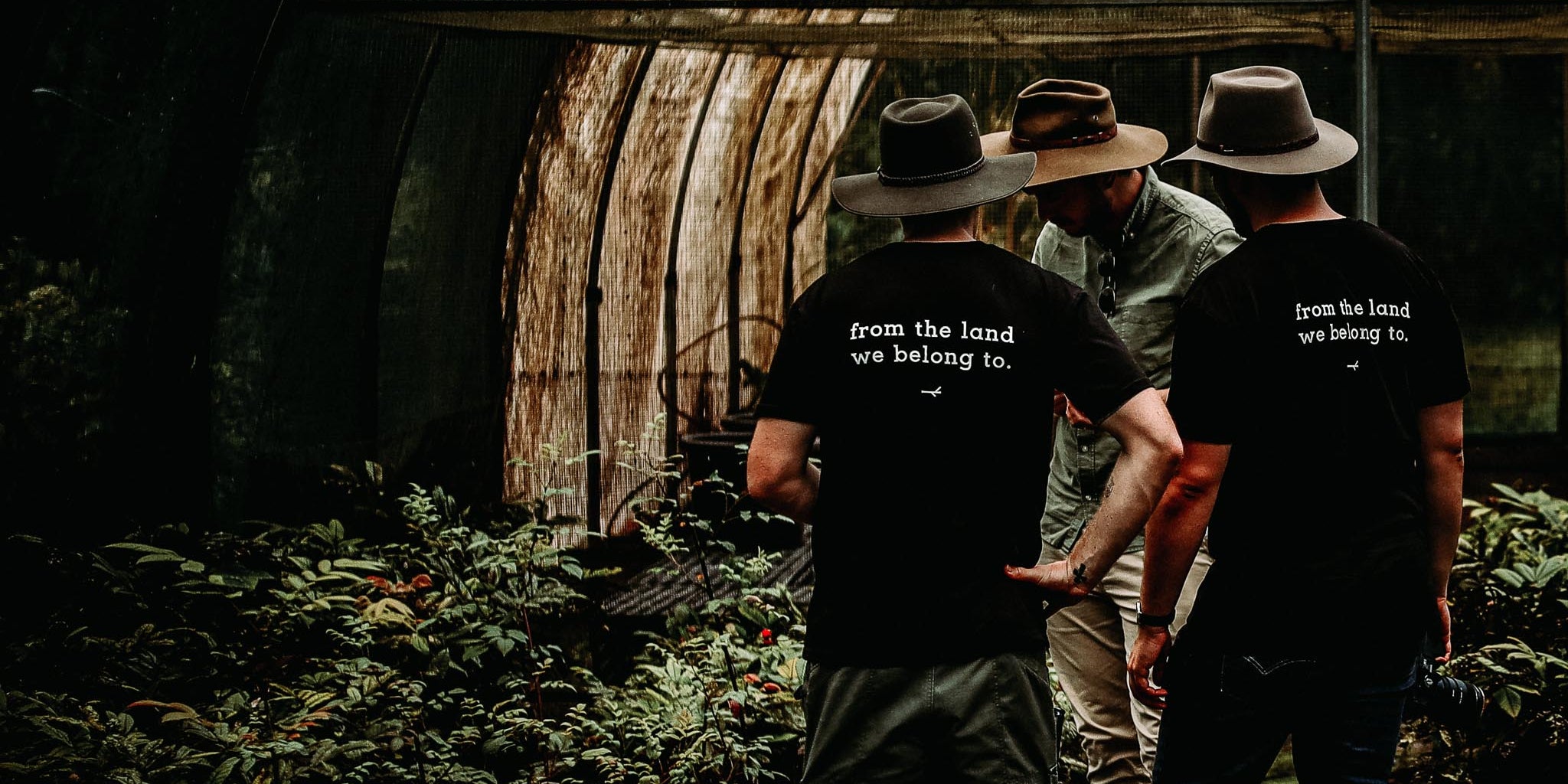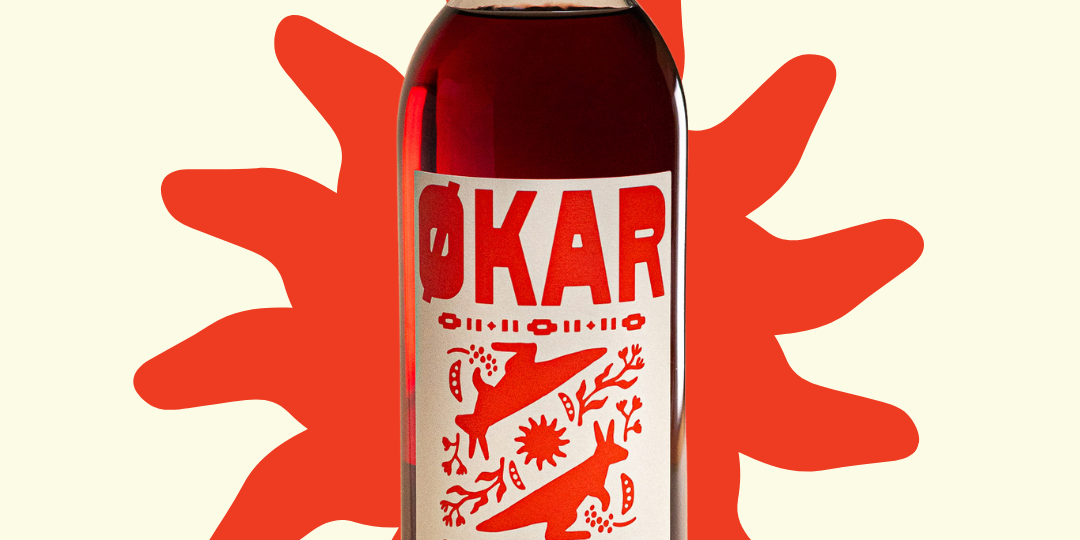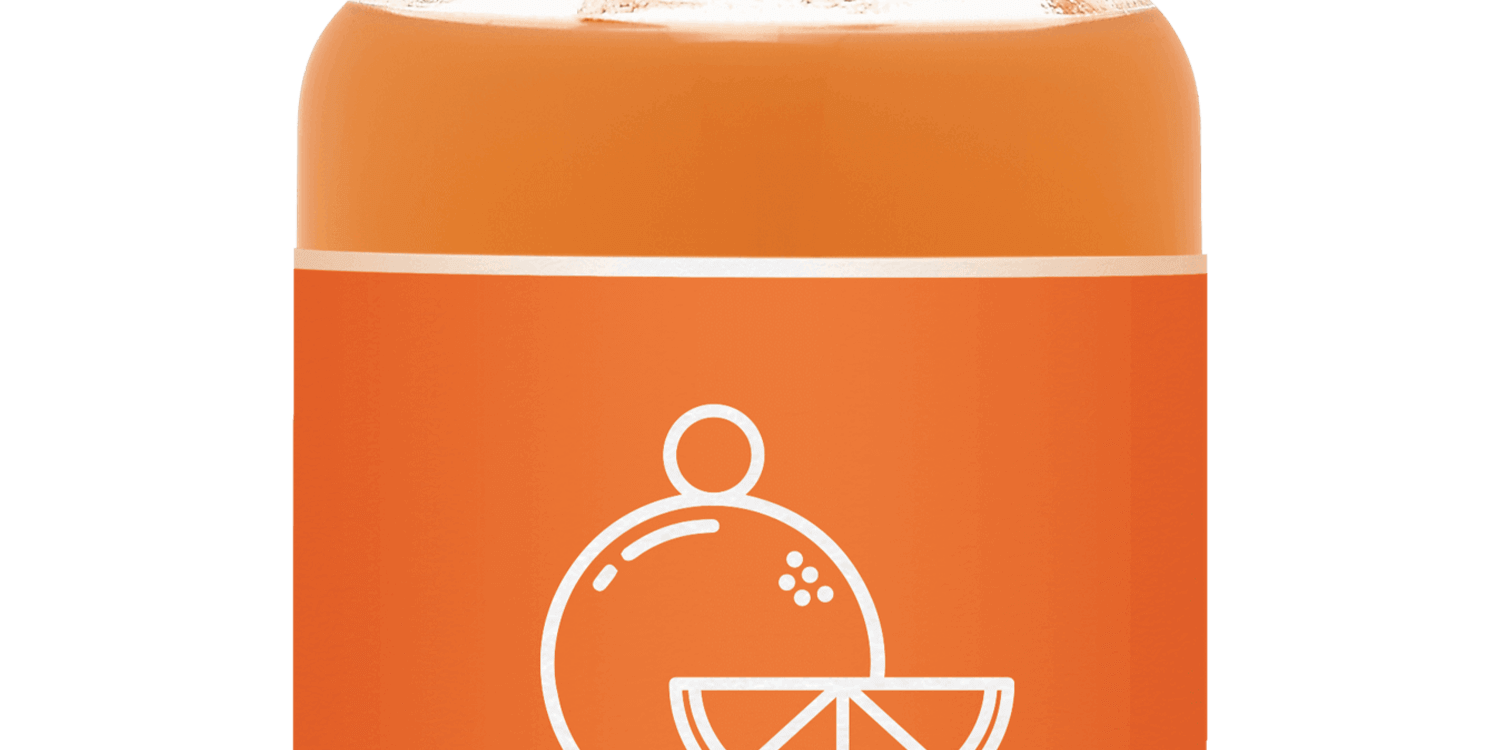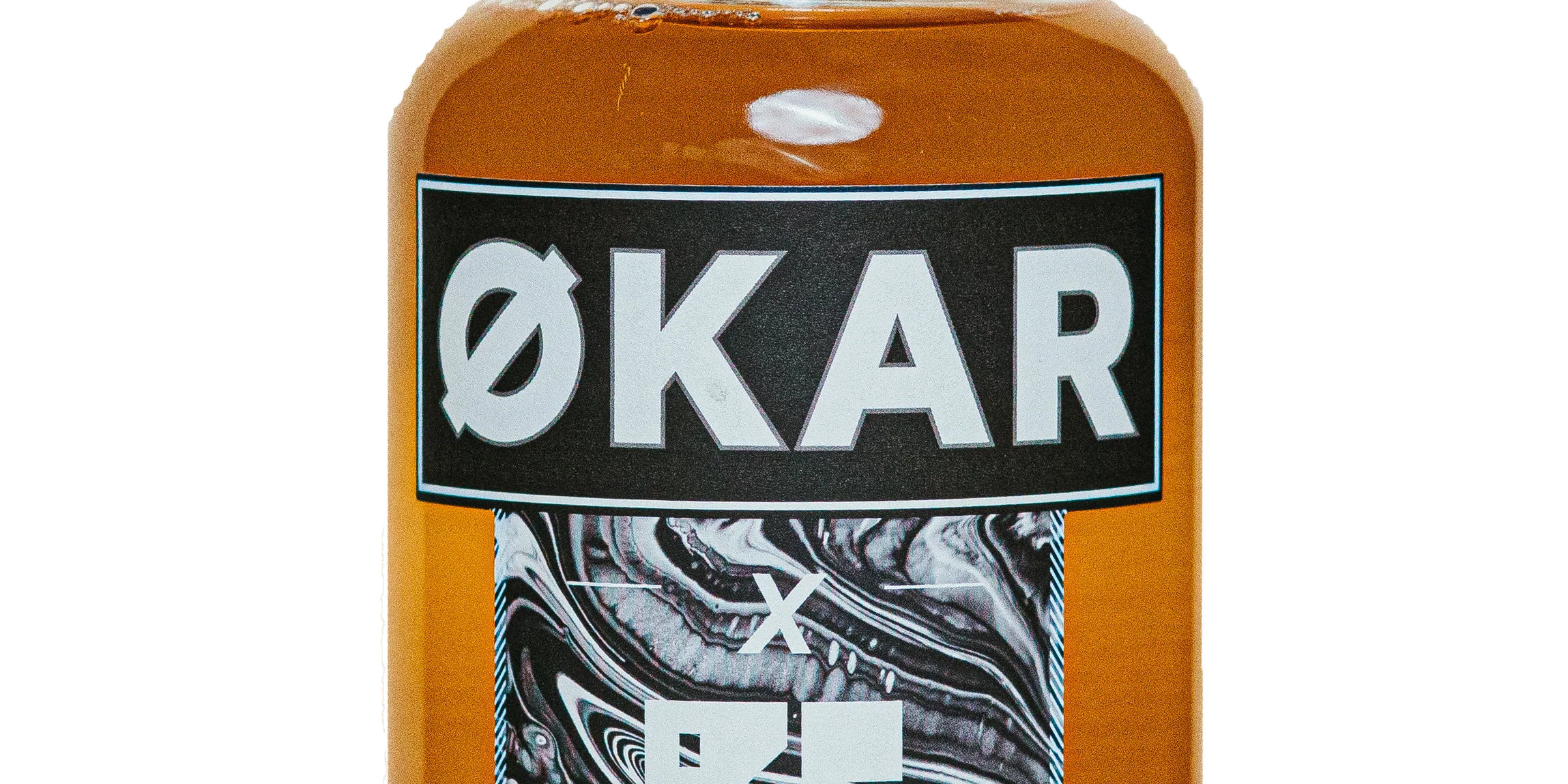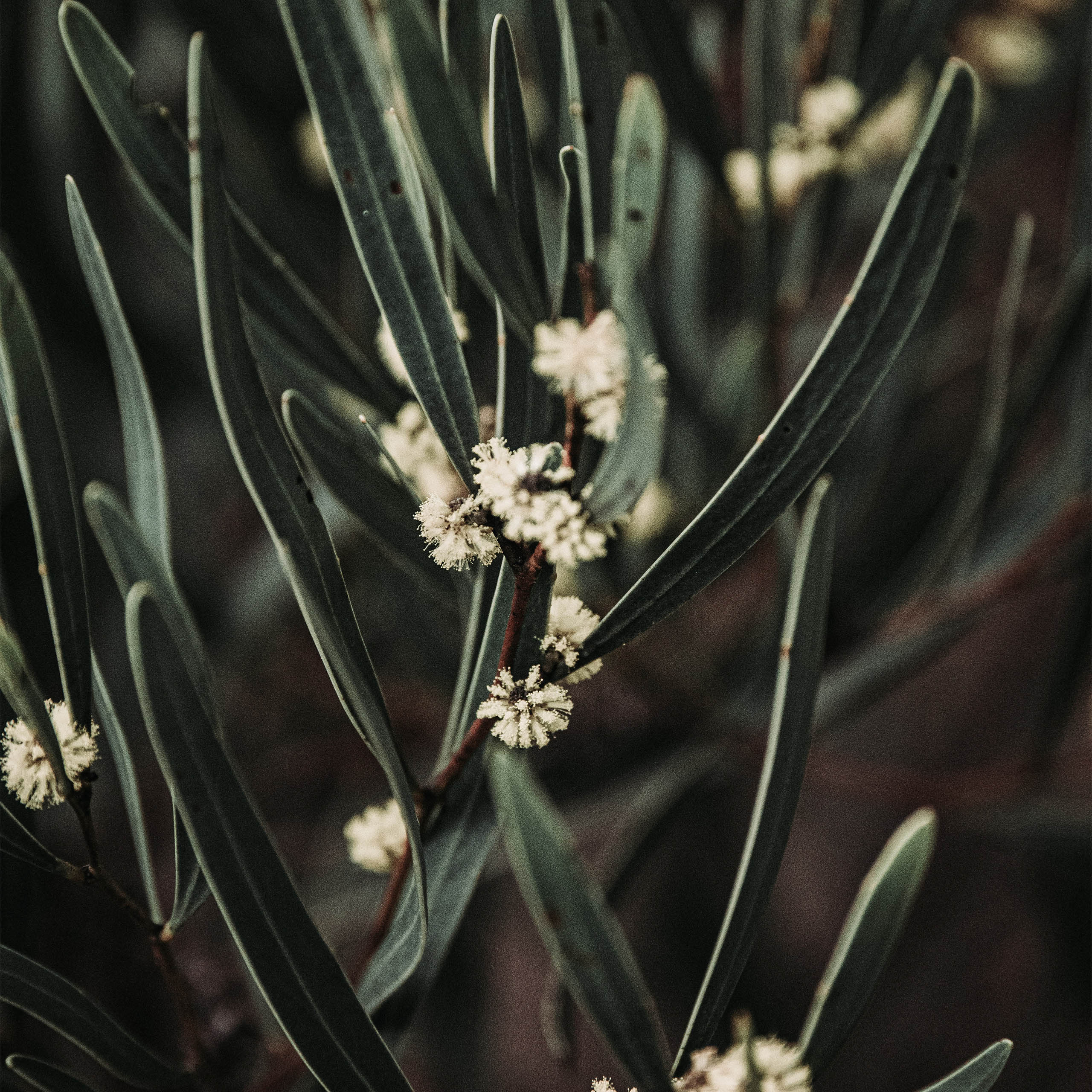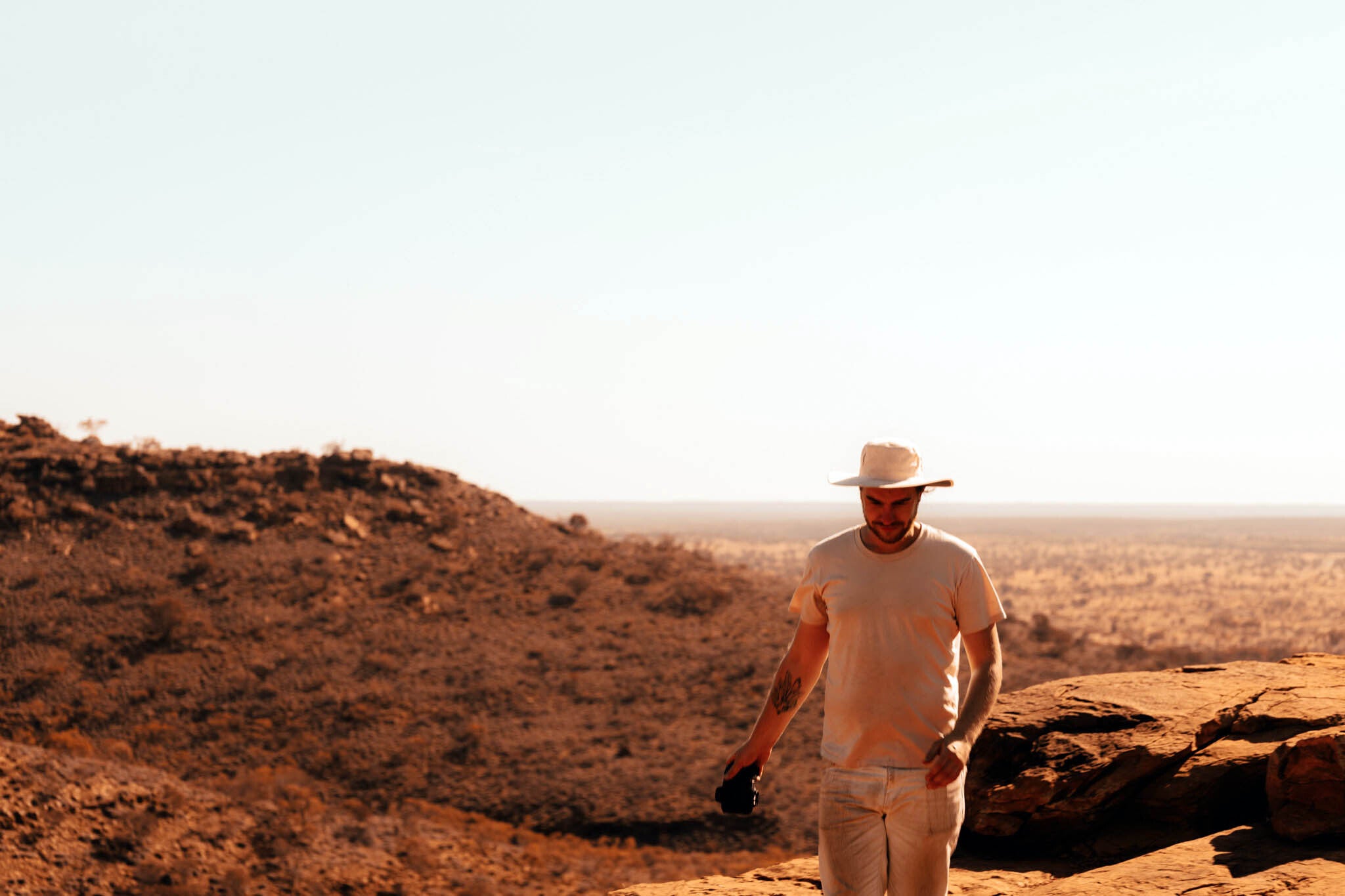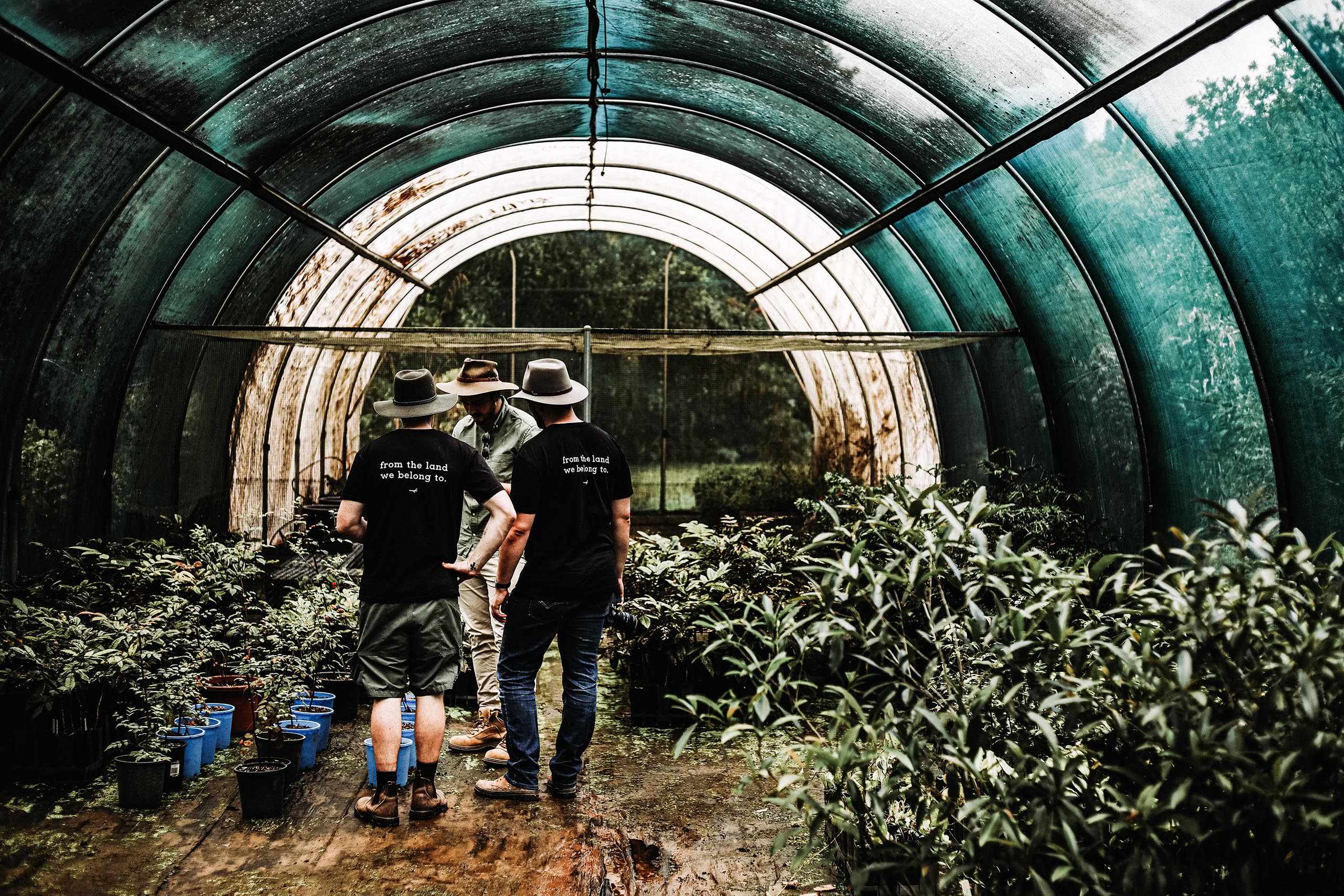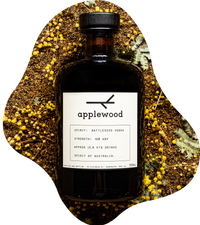Words By Samantha Payne
This article was written on unceded lands, I pay respects to the Gadigal, Bidjigal and Birra-Birragal Clans, and I recognise their continuing connection to land, water and community. I convey profound respect to Elders past, present and emerging.
There are an astounding amount of different species of native plants and botanicals grown in this country, 24,000 to be somewhat exact. From more commonly known such as Saltbush (which can desalinate and correct the PH of the soil it’s grown in) to Gubinge (also known as Kakadu Plum), which has the highest recorded levels of Vitamin C in any known plant. There is a 60,000 year-old legacy to our native plants, seeds and botanicals. In comparison to say; the Yareta, a tiny flowering plant native to South America (part of the carrots and parsley family), only 3,000 years old.
“Natives have a much longer lineage than European botanicals commonly found in your pantry shelves; we seeded the rest of the world.” Explains Suzanne Thompson, Chair of the Australian Native Foods and Botanicals (ANFAB), who has traditional custodial links to the lands of the Kunngeri/Iningai & Bidjera peoples. ANFAB is the peak national body representing all interests in the rapidly growing native food and botanicals space. Under Suzanne’s guidance the board is balanced 50/50 with First Nations people and Non-Indigenous Australians, focusing on increasing Indigenous representation.
Aboriginal voices must be front and centre when we have conversations about native ingredients. Thompson explains, “These ingredients don’t grow in isolation – you need to understand why they exist, its place in the ecosystem, their spiritual connection to the land.”
With such a strong lineage in this country, there is no denying that they could be used for reconciliation and healing (and not just medicinal healing). Rebecca Sullivan, who co-owns WARNDU alongside her partner Damien Coulthard explains, “Food is what brings us together – it’s how Damien’s dad and I bonded, over discussions around native foods.” Sullivan continues, “But don’t shy away from asking the difficult questions – it’s about respect. To only share information we’ve been permitted to, respecting everyone’s culture.”
But falling short of going On Country, how do we integrate native botanicals and plants into our everyday lives, both respectfully and ethically? Supporting Aboriginal-owned and operated companies that centre native ingredients are a start, such as Sobah Brewing, WARNDU and Mabu Mabu to name a few. Or experiences such as Nitmiluk Tours, a 100 percent Aboriginal-owned company, that lets you immerse yourself in Jawoyn country (three hours south-east of Darwin) through visiting and eating where some of these foods are grown. Another social enterprise to support is Yaru Water, where the profits of every bottle sold of Still and Sparkling water goes towards providing safe and clean drinking water in remote Indigenous communities in the Kimberly via the Yaru Foundation. Integrating these native plants, botanicals and ingredients into our everyday lives is a way of support, reconciliation and understanding whose land you’re existing on. Thompson clarifies, “Respect and integrate knowledge of these natives with credit. The more you understand someone’s food – you understand who we are and where we come from.”
But like all change, it doesn’t happen overnight; it needs to happen slowly, as is the nature of any agricultural product, native or introduced. The native ingredients for the Sobah non-alcoholic beers are sourced from all across the country, but the availability of these native ingredients fluctuates in different areas due to the increase of people and companies using them. Clinton Schultz, a Gamilaroi man and co-owner of Sobah Brewing, explains, “Larger companies having the ability to use up and take massive quantities conflicts with the sustainable nature of native plants and botanicals. Something that needs to be addressed moving forward. In some ways, it’s a good problem to have because that means the financial viability of planting more, but natives are slow to grow to the fruiting stage (around seven years). Farmers that planted over a decade ago are just now starting to get good enough yields to sell” Something that seems oddly reminiscent of viticulture and growing grapes – the finite nature of the business each year, no matter the demand for the product.
Sullivan outlined this problem recently at the 2021 Adelaide Festival of Ideas, “Food is no different to fashion when it makes the front cover of a magazine. Farmers see a value and plant it. But no one knows how to use it at home, so farmers rip it up.” Sullivan continues, “Demand is finally outweighing supply consistently. That says to me we’re finally beyond a trend. People are ready, and we want to showcase how to use this stuff every day, so we have a continued connection to culture, story, and place.”
So what could a hopeful future of native ingredients in this country look like? Sullivan adds, “We see the future of bringing these native ingredients into people’s homes and making them a pantry staple. This can only be done through curiosity, an open mind, heart and education.” Suzanne Thompson from ANFAB agrees wholeheartedly, “We need to create and focus on sustainable business models – that don’t rely on government funding, and we need to re-learn and re-awaken the practices of bush foods, integral agricultural knowledge – we need to start thinking long term integration (native food classes in school, horticulture and home etc.).”
That’s always been the restorative power of food, the magic of bringing people together and sharing knowledge and experience. A slow, systemic and respectful integration of native plants and botanicals could be the first step in healing Country. A universal language of flavours and ingredients would become our primary choice for cooking, drinking and eating.
Three Natives that you should know
Davidson Plum
Davidsonia jerseyana
Small berried fruit with a deep blue (almost indigo) colour, not recommended eaten fresh as the skin is quite tough and flesh incredibly tart, but it suits being added into jams, made into a sauce (think about drizzling over duck or eggplant) or drying out to add to granola or trail mix (instead of cranberries).
The tree’s natural habitat is sub-tropical rainforest areas from around Ballina to the Tweed Valley in far northern New South Wales. They are also grown commercially in mid-north coastal areas of New South Wales.
Finger Lime
Citrus australasica
Australia has six different species of native finger limes, with their flesh ranging in colour from pale green to the most vibrant of pinks, with sunshine yellow in between. The delicate pearls have been likened to a caviar and the whole fruit is in the shape of a finger, thus its colloquial name. When used fresh, the fruit is perfect as a garnish for seafood, and the pulp can be used in sauces, jams and jellies. It would also make an excellent garnish in gin, for example, this one.
Finger lime grows naturally in the sub-tropical rainforest along the border of South-East Queensland and New South Wales.
Lemon Myrtle
Backhousia citriodora
The most aromatic of all the natives’ family, its distinct scent will follow you around anywhere - which makes it perfect as an essential oil used in soaps, washing with your towels and bedding or as a natural deodorant. Lemon myrtle is one of the most cultivated and commercially available species in the native food industry. Most of the commercial crop is located in high rainfall areas of New South Wales and south-east Queensland. However, there are some trees grown in Victoria and South Australia.
